Deck & Commander Strategies

The Lord of Pain
Utilizes a life-pay mechanic to accelerate mana development by fetching multiple lands at sorcery speed, while distributing damage strategically among opponents to manipulate politics and avoid being the primary target.
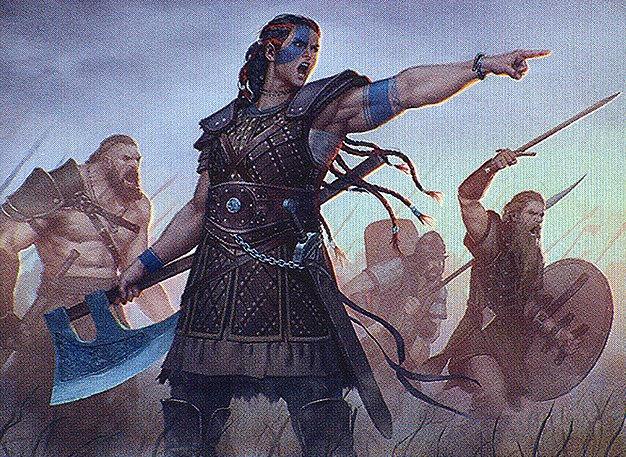
Saskia the Unyielding
Leverages large creatures and damage multipliers coupled with multiple combat phases to apply aggressive, high-damage pressure and punch opponents to death quickly.
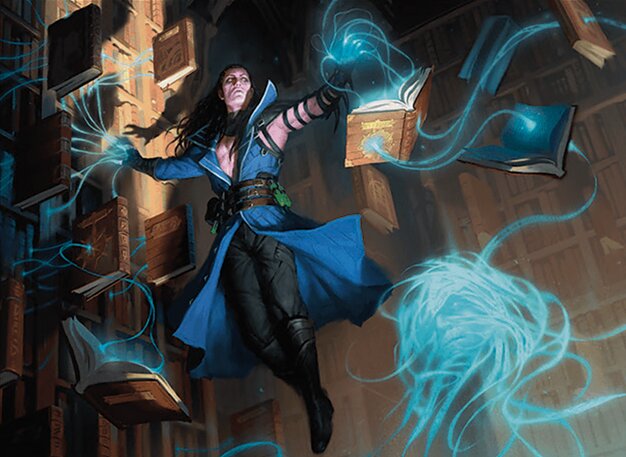
Mirko, Obsessive Theorist
Focuses on surveilling and graveyard recursion to generate value by sneaking creatures back from the graveyard, maintaining board presence and controlling the pace of the game.
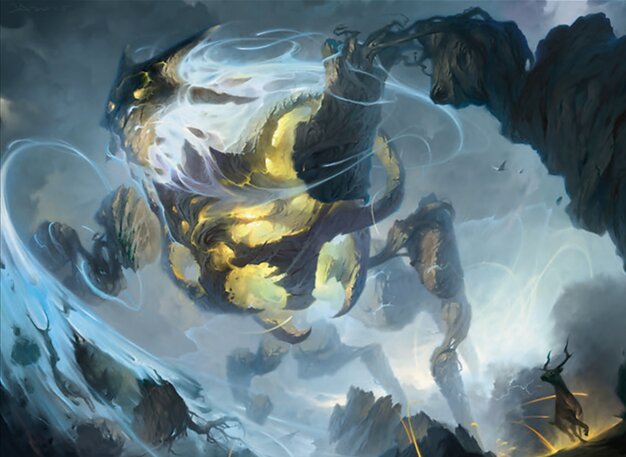
Maelstrom Wanderer
Cascades into spells and creatures to create explosive tempo swings, ramping mana quickly with artifacts and chaining powerful threats to overrun opponents.
Gameplay Insights
- 1
Players repeatedly paid life to fetch multiple tapped basic lands with stun counters, accelerating mana development at the cost of early life totals and pacing the game around this trade-off.
- 2
The Lord of Pain player attempted to politic damage assignments to avoid being the primary target while spreading damage to weaken opponents, adding a layer of political complexity.
- 3
Value creatures like Gleeful Arsonist and Karct Parasite were used effectively to punish opponents for casting spells and drawing cards, incrementally chipping away at life totals.
- 4
Cascade spells from Maelstrom Wanderer enabled explosive turns by chaining multiple threats, helping to keep pace with the aggressive Saskia deck and the resilient Mirko deck.
- 5
Players carefully managed stun counters on lands and permanents, with strategic timing around removing counters and tapping lands impacting resource availability and tempo.
Notable Cards
-
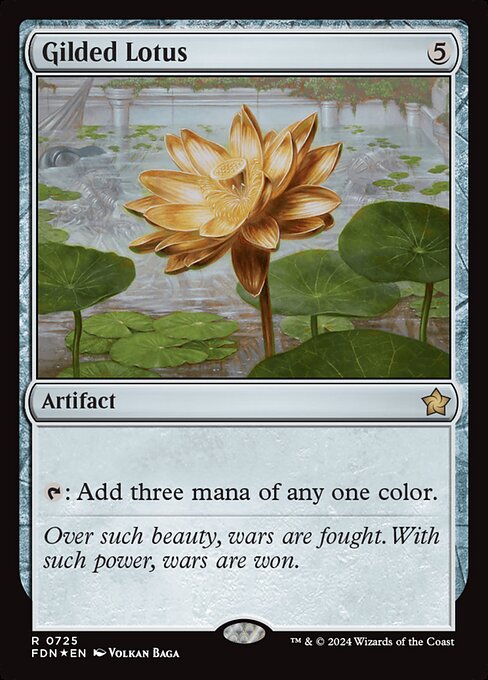
Gilded Lotus
-
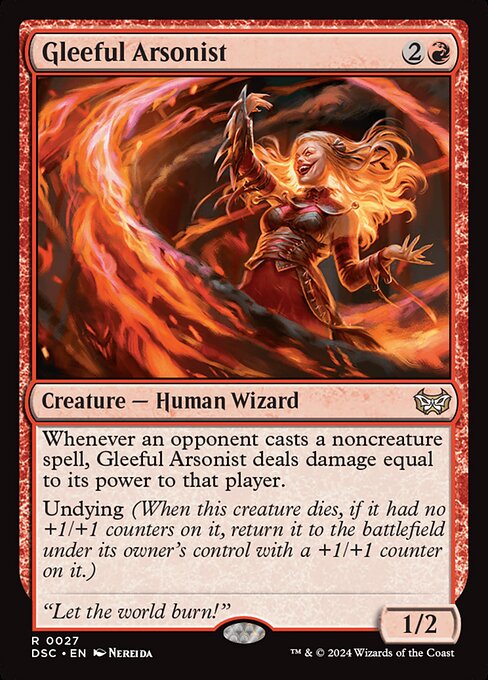
Gleeful Arsonist
-

Open the Way
-
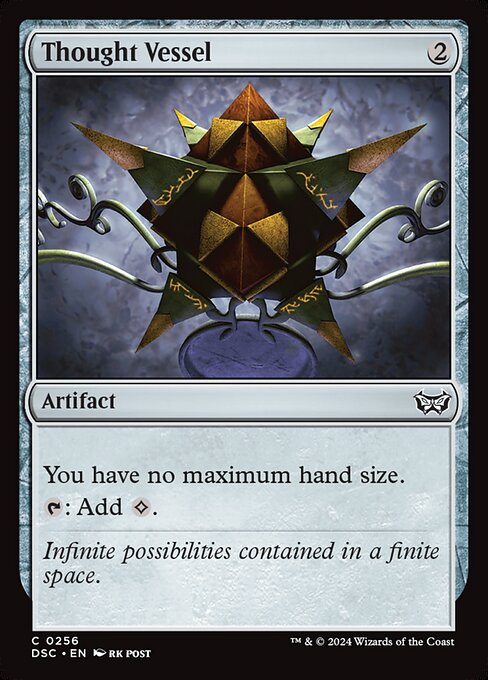
Thought Vessel
-
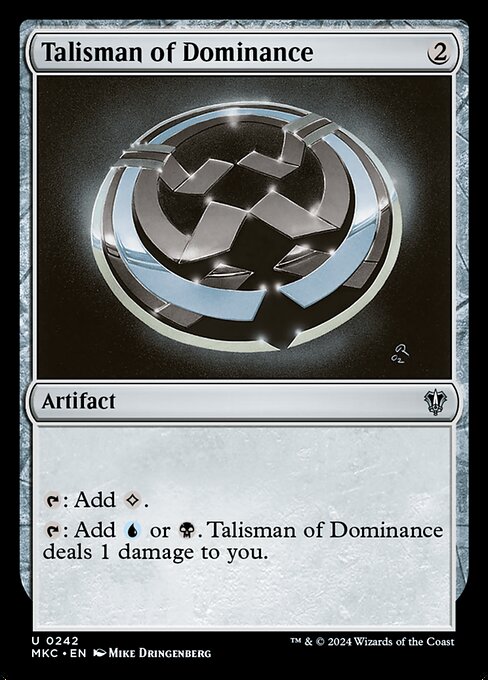
Talisman of Dominance
-

Overgrown Tomb
-

Sacred Foundry
-
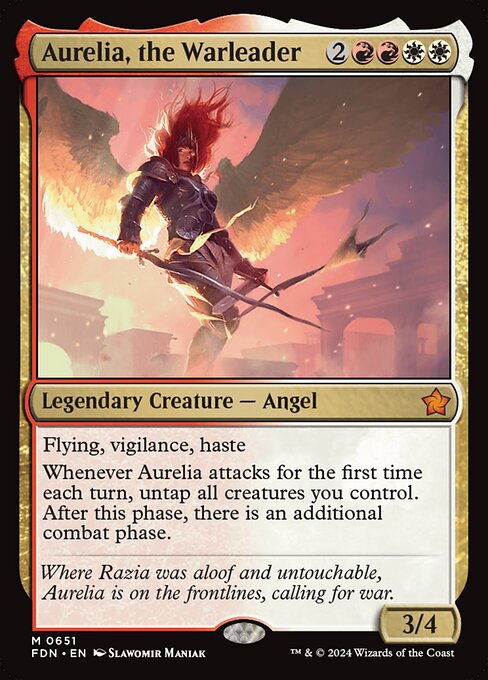
Aurelia, the Warleader
Gameplay Summary
The game featured a high-stakes multiplayer Commander match with four players piloting distinct decks: The Lord of Pain, Saskia the Unyielding, Mirko, Obsessive Theorist, and Maelstrom Wanderer.
Early turns were marked by players leveraging a unique life-payment mechanic called Chaotic Overgrowth, which required sacrificing life points to fetch multiple tapped basic lands with stun counters, slowing early ramp but accelerating mana development in later turns.
John, playing The Lord of Pain, aimed to spread damage strategically among opponents, creating a political dynamic as he tried to manage threats and avoid becoming the primary target early on. Saskia’s deck focused on brute force with large creatures and damage multipliers, aggressively swinging in combat to apply pressure.
Corey's Mirko deck employed graveyard recursion and surveilling mechanics, building value by sneaking creatures back from the graveyard and maintaining board presence.
Josh’s Maelstrom Wanderer deck utilized cascade spells to chain powerful creatures and spells, ramping mana quickly and aiming to overwhelm opponents with tempo.
Key plays included multiple uses of the life-payment rule to accelerate land drops, the deployment of value creatures like Gleeful Arsonist and Karct Parasite to chip away at players during spellcasting and draws, and the use of ramp artifacts like Gilded Lotus to further power out threats.
The game’s tension revolved around managing the life cost tempo and balancing aggression with resource development, with the Lord of Pain’s damage politics shaping player interactions and the cascade and graveyard themes providing explosive board states.


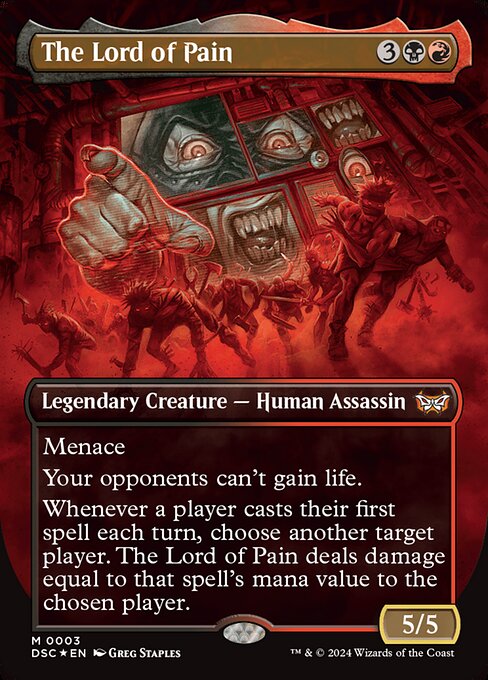


















![Obeka and the Boys, ft. Obeka, Caesar, Yuma, Mirko [EDH/Commander Gameplay] thumbnail](https://i.ytimg.com/vi/hSOer_VjVMo/sddefault.jpg)










![Commander Versus Series: Momir v. Gwafa v. Marrow-Gnawer v. Maelstrom Wanderer [MTG Multiplayer] thumbnail](https://i.ytimg.com/vi/WdlHQqhXgtU/sddefault.jpg)












